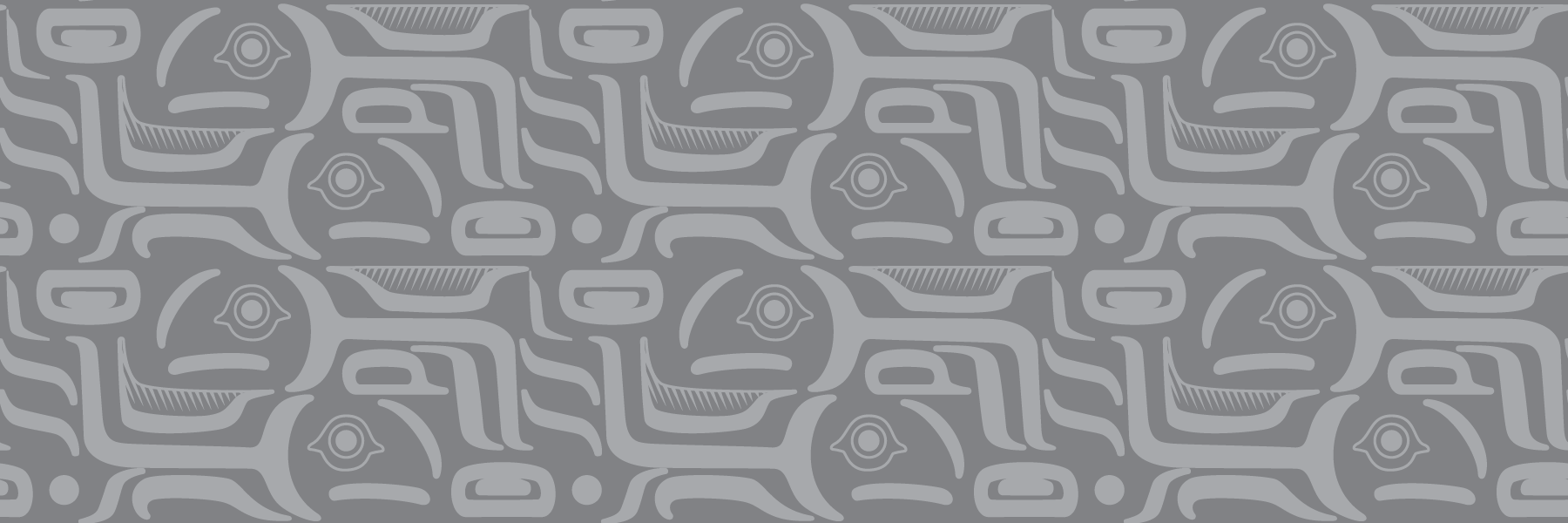
What if Nuu-chah-nulth Worldviews Shaped Our Visions of Rockfish Stewardship?
May 2021 - April 2022
-
Fish
Canary Rockfish (Sebastes pinniger; pictured) | Yelloweye Rockfish (Sebastes ruberrimus) | Quillback Rockfish (Sebastes maliger)
-

People
Ha’oom Fisheries Society (working in support of Ahousaht, Ehattesaht, Mowachaht/Muchalaht, Hesquiaht, and Tla-o-qui-aht fisheries)
Nicole Jung, advised by Dr. Andrea Reid
-

Place
In the Ha’houlthee of five Nuu-chah-nulth Nations (West Coast of Vancouver Island, BC, Canada)
Project Description
The Nuu-chah-nulth Nations have sustained their people through a rockfish fishery for thousands of years, but within just decades colonial legislation and fisheries have put rockfish, people, and the worldviews underlying Nuu-chah-nulth fisheries in positions of crises. In partnership with Ha’oom Fisheries Society (an organization that supports five Nuu-chah-nulth Nations in exercising their commercial fishing rights, while caring for fish populations and habitats), we assessed recent temporal trends in rockfish size and age at spatial scales relevant to the Nuu-chah-nulth Nations and their stewardship planning process. Such assessments can be crucial: If rockfish size and age structures are becoming truncated, this is an early warning signal of reduced recovery potential due to the disappearance of the largest, most fecund fishes. In doing this collaborative work, we analyzed the Pacific Halibut Management Association’s (PHMA) longline survey data, and considered how visions of sustainable and just rockfish stewardship can engage Nuu-chah-nulth worldviews and Indigenous resurgence.
This project acted to fulfill the B.Sc. Honour’s Thesis requirements of Nicole Jung.
“Yelloweye Rockfish” by Nicole Jung
More Project Content….
Project Funding

Photo Credits & Gratitude: We hold our hands up in thanks to Nicole Jung and Andrea Reid.






